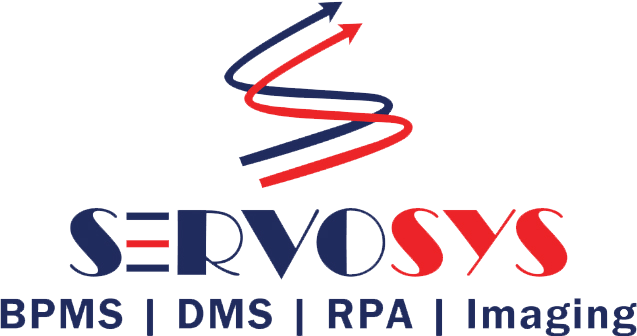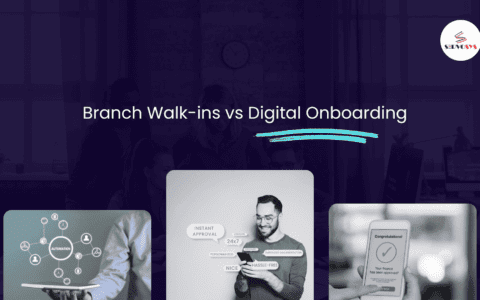
Top 8 benefits of having Business Rule Engines for the Business Process Automation
Benefits Of Business Rule Engines For The Business Process Automation
The BFSI sector in the Middle East is undergoing a transformation aimed at enhancing customer experiences, with Intelligent Digital Lending Solutions emerging as a central driving force. This strategic evolution is positioned to empower Middle East BFSI players in redefining their service framework, amplifying operational efficiencies, and securing enduring prominence within the market.
Simply put, executing a large business process is a tedious job to do and so is the automation (of such business processes)
Now, with the help of process automation software, the task of executing a process can be achieved as it streamlines the steps, connects users as per their roles, routes the cases as per routing rules, and gets integrated with various internal and external services/ applications. And, that’s how the users get their tasks/ work items executed, by having a single unified application touch point.
- Distribution of the tasks among available users
- Routing of the cases from one user/ application to others
- Speeding up the process execution time with accuracy
- Execution of the complex business logic
- Automating the process execution steps
- Meeting the fast-changing business requirements and regulatory compliances and so on.
So to overcome these challenges, a modern Business Process Management Software or BPMS laced with a Business Rules Engine or BRE is required. When a business process is deployed on a BPMS platform, the BRE offers many benefits beyond the streamlining and automation of the deployed processes.
- Task Distribution and Workload Balancing: By exploiting various systems integrated with the BPMS platform, BRE helps the business users to auto-distribute tasks among the available and relevant users on the basis of various factors such as User/ Group, Location, Rights, etc. Additionally, if the value of the maximum workload for a user has been defined and also the load value of each work item has been calculated then BRE can help the BPMS user to know the user’s current load value. This will help the BPMS application distribute the work uniformly among all the available users.
- Routing of the cases: A case/ work item requires to travel from one step to another and from one user to another as it follows a pre-defined route map. Now, this route may be different in different business scenarios. So which route a work item should follow in the different scenarios can be managed by BRE. This enables the businesses to minimize the need for human interventions and enables them to let the work items get processed in a Predefined way.
- Notification and Alerts: In many cases, when the work item has been processed and has reached a milestone, the concerned stakeholders need to be informed by Alerts, Emails, SMS, or Notifications, and for such occasions when the concerned user/ customer is needed to be informed, BRE can be used. This enables users to know the status of the work item in real time and helps them to avoid unnecessary delays.
- Complex Decision Making: Some of the business processes follow very complex decision-making criteria where multiple decision-makers are involved and sometimes committee-based decisions are made. In such scenarios, when multiple users are remotely working on a particular case and many business rules are being applied to make a decision, the BRE can be brought in place to capture the decision inputs from all the users and validate it in accordance with the business logics before a final decision is made. This enables businesses to fasten their decision-making processes without failing to adhere to their business rules.
- Data and Document Communication: BREs are smart enough to communicate with business applications and services connected with the BPMS platform. While processing a work item, it may require some inputs, data, or documents which are stored or supplied by an external service or application. In such cases, BRE can be used to fetch required data or documents in real-time to ensure the seamless processing of a work item.
- Process Automation: BRE knows what steps need to be followed, who all are the users involved, the roles and rights of each user, and the route map of the steps to be followed to complete a process. Also, it has the capability to take inputs from other external and internal business applications necessary to process a work item. With this information, it can not only execute the task but also automate the entire process of executing a work item. Thereby, (with process automation) the need for a human workforce is reduced, and productivity increases.
- Performance Monitoring and Early Warning: In many cases, BRE can be used for Business Activity Monitoring or for performance reporting purposes by predefining the key performance matrix. Such features not just help the organizations to get a Dashboard-based reporting system but also works as an early warning system when KPIs don’t go as per the expected lines.
- Robotic Customer Support Services: Many companies use BRE-based customer support systems, such as ChatBot. For this purpose, a pre-defined set of case scenarios are defined and stored in the BRE. Later, the BRE, based on the stored case scenarios, helps the ChatBot to respond to customer queries, such as their loan tenure, upcoming EMI date, etc.



